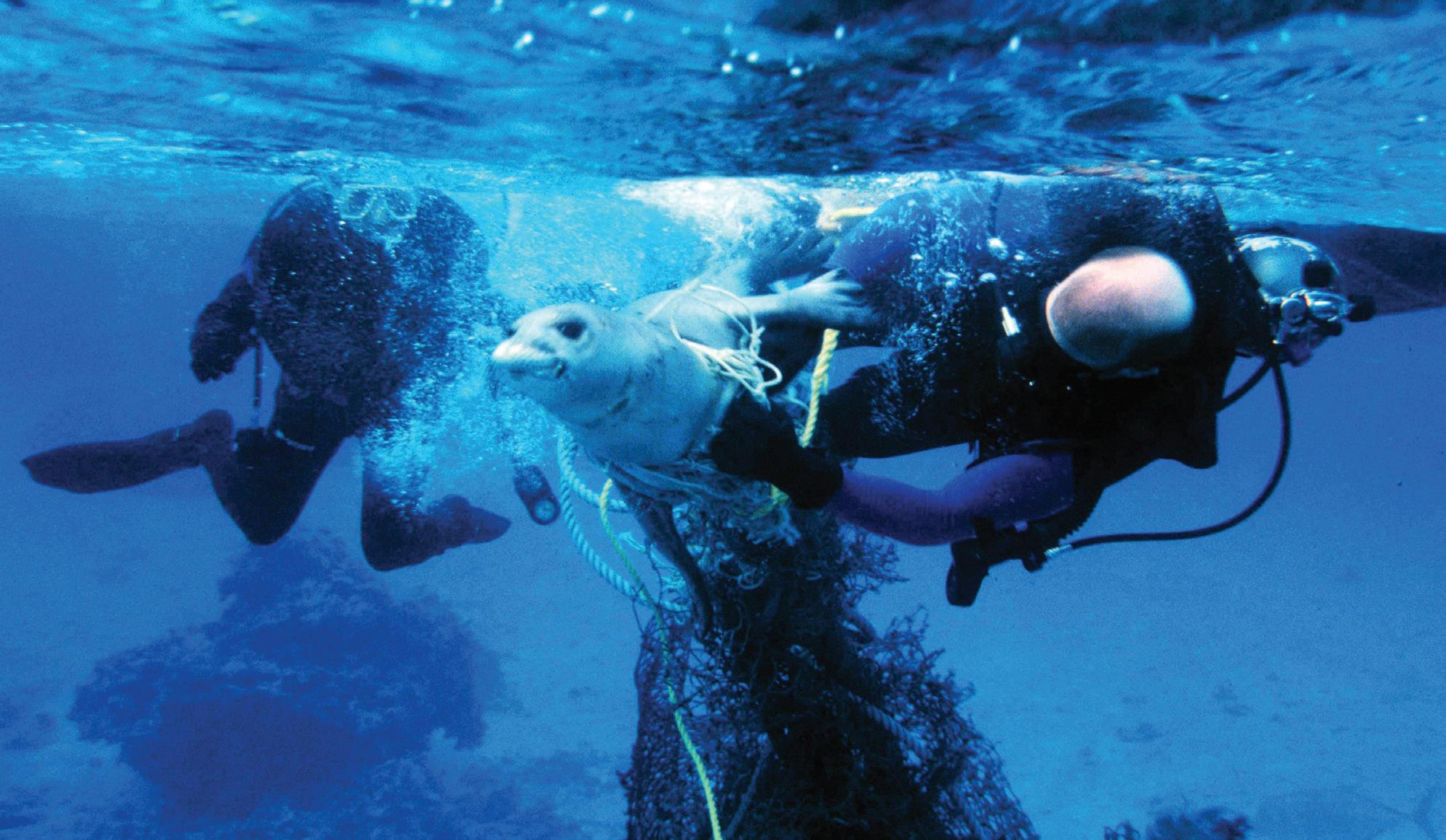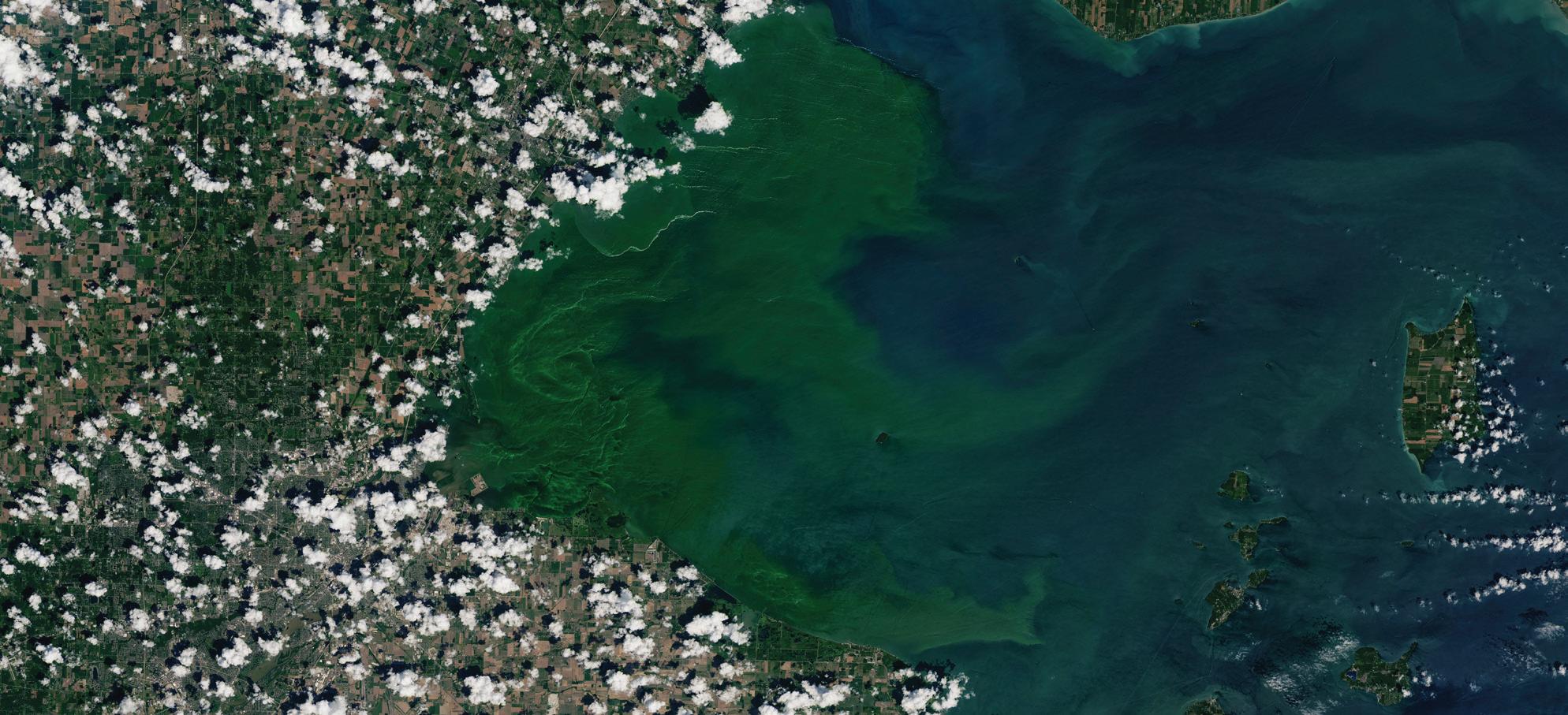NOAA TODAY
Coastal Pollution: Response and Restoration NOAA’s Center of Expertise for coastal environmental threats By Craig Collins
T
1958
Platform supply vessels battle the blazing remnants of the offshore oil rig Deepwater Horizon. NOAA experts assessed the damage, rescued wildlife, and led restoration efforts.
was led by the Coast Guard and New York State Department of Environmental Conservation, with guidance and support from NOAA’s ocean scientists at the OR&R – who provided, for example, analyses of potential spill trajectories in case any oil was released during
the operation. By July, more than 450,000 gallons, as much as 99 percent of the recoverable oil, had been removed without a major leak. NOAA, with the nation’s leading ocean scientists, is a natural leader for this kind of work. OR&R became a center of expertise in the 1970s, when
Coast and Geodetic Survey creates the first official datum of the United States, the New England Datum. Congress creates the seven-member Mississippi River Commission, including a member from the USC&GS, to address navigation improvements and flood control on the Mississippi River, so essential to the nation’s commerce.
74
U.S. COAST GUARD PHOTO
he sheen of oil was first noticed by a NOAA satellite, just off the coast of New York’s Long Island, in 2015, and seen sporadically for the next four years. NOAA had been monitoring a few dozen shipwreck sites in U.S. waters for years, and this one – where the Coimbra, a British tanker filled with 2.7 million gallons of oil, had been sunk by a German U-boat on January 15, 1942 – had increased, and was now visibly leaking onto the ocean surface. Scientists from NOAA’s Office or Response and Restoration (OR&R), after collecting and analyzing samples from this sheen, confirmed that it was bunker and lubrication oil. In May of 2019 a dive team was dispatched to assess the wreck, and the Coast Guard’s Atlantic Strike Team determined that the amount of oil remaining in eight of the Coimbra’s tanks – one of which was leaking – posed a risk to natural resources, and needed to be removed. The removal project involved more than 100 government, industry and environmental specialists. It









































